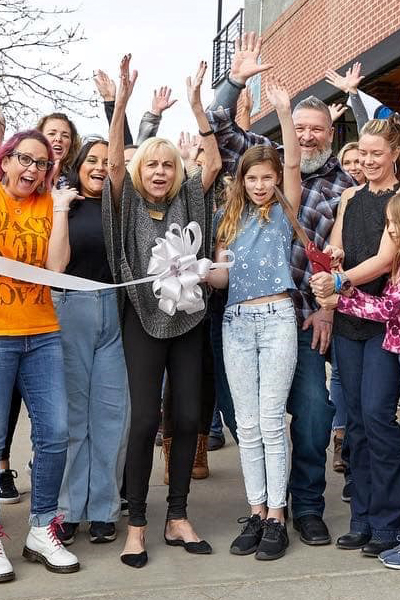A Partnership Plan
Potential Partner Checklist
- Need. Can Main Street help the partner fulfill a need? Can that partner help Main Street?
- Purpose. Why partner with the organization?
- Leadership. Is the Main Street program — and the potential partner — ready for this relationship?
- Clarity. Who will be doing what when? (See Partnership Agreements.)
- Culture. Are Main Street’s and the partner’s visions, missions, and values aligned enough for success?
- Commitment and Trust. Without commitment and trust, a partnership will fail.
- Performance. Measure and evaluate the results of any partnership.

Plan to Attract and Keep Partners
One of the biggest opportunities for Main Street success is building partnerships. One of the biggest challenges is how to present the opportunity in a way that inspires interest and commitment from a potential partner. Failure to secure valuable partnerships may not be due to lack of interest in a common goal, but because the idea was not presented in a way that interested the potential partner.
If there is a single mistake behind most failed partnership attempts, it is this: Too many groups approach a potential partner with their own cause in mind, rather than explaining how working together will help the other. To Main Street programs, the cause itself — whether pedestrian safety, beautification, or economic viability — seems so compelling that it is reason enough for any partner to get involved. But potential partners need to hear the cause framed in a such a way that it is a solution to their problems, not an addition to them.
To attract the attention of a partner and maintain the partnership over time:
Study your audience: Every partner has specific objectives, unique core values, and targeted audiences. By approaching potential partners with an understanding of their vision, mission, and values, you position a partnership as a benefit rather than a burden.
Distinct point of view. The vibrancy of downtowns rely on many things, and partnerships should align appropriately, whether the focus of the partnership is improving the business economy on Main Street or funding capital improvements to historic buildings. Be specific for an effective partnership.
Customer engagement. Show partners how working together benefits the work that they do. Only then will they commit the time, creativity, and resources.
Creative content. Most organizations need to feed multiple social media channels. Explain how Main Street can help co-create branded content to ease this burden while enhancing the partner’s reputation.
Celebrate success. Sharing success stories builds on both partners’ reputation, earning loyalty and goodwill for any partner, and sales for businesses.
Metrics. Partnerships are intended to leverage resources. A powerful way to demonstrate success is to measure the impact and value.
Leadership engagement. Designing a role for leadership within partnership efforts, and sharing this engagement with employees and volunteers, can secure greater executive support and offer additional benefits, such as improved employee satisfaction and productivity.
In short, partnerships such be framed in ways that solve existing problems for partners. Once the benefits are clear, partners more readily share their time, expertise, and resources. Without such an approach, the best of intentions and heart-felt commitment can fall on deaf ears, leaving both parties and the community at large the poorer.